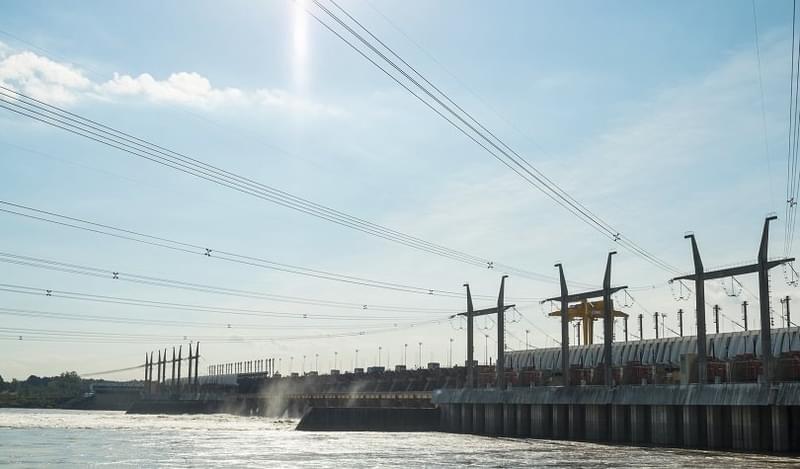In which areas of renewables are you seeing the most demand for, and interest in funding?
International lenders are very familiar with financing renewable projects, particularly wind and solar photovoltaic power plants, and to a lesser extent mini-hydro. In addition, these types of projects have seen significant improvements in capital costs that have resulted in their commercial viability, even without any subsidies. The experience of lenders in other countries can be directly applied to the Argentine process.
What risks do participants face when financing renewables? How can these be mitigated?
The risks are varied. Lenders need to understand the construction plan and the technology and equipment suppliers for a project in order to assess construction risks. They typically expect a strong lump-sum, fully wrapped turnkey EPC contract with appropriate levels of performance and delay liquidated damages performed by a creditworthy EPC contractor.
Off-take risk can also be present. In Argentina, a project’s output is expected to be contracted under a long-term PPA with CAMMESA. Lenders can mitigate this risk through conducting thorough due diligence of the off-taker and the trust that will be created to backstop its obligation (FODER). Even though CAMMESA is the market clearing house, and is not explicitly guaranteed by the Argentine government, their history of support will likely anchor any financing. In addition, the World Bank can also provide an enhancement to the structure though a partial guarantee if purchased by the project.
As for resource risk, the quality of wind or solar resources needs to be evaluated by an independent consultant, as this will be the key driver of generation. Our understanding is that the quality of the resource in Argentina for solar, wind, and water power is exceptional, but this will need to be evaluated on a case by case basis.
Other critical risks are associated with environmental and social aspects, equity contributions from the sponsors and foreign exchange convertibility and transferability. The result of the evaluation of these risks will result in mitigation structures incorporated in the financing.
How do dollar and peso funding compare in the renewables space? How do those connected to renewables projects limit the volatility from currency mismatches?
As the majority of the project costs are related to generation equipment such as turbines (wind) and solar panels (solar PV), both equity and debt investors usually require that revenues be linked, to a large degree, to the US dollar. This allows investors to raise long-term US dollar-denominated debt to finance the projects, optimising the capital structure of the investments. In Argentina, the PPAs incorporate a dollar indexation of the tariffs, which provides exchange rate volatility mitigation for projects.
What are the main forms of financing used in the renewables space in Argentina? Are there any new funding structures that could be implemented in the future?
At this point, no project has secured long-term financing in the recent auctions for renewable projects in Argentina. We expect that the projects that have been awarded a RENOVAR PPA will obtain financing from sources such as development agencies and multilateral institutions. In addition, export credit agencies shall also facilitate the financing of projects providing direct funding, or through covered tranches funded by commercial banks.
Another source of funding that might be used for financing these projects is the international capital markets, through the issuance of structured bonds. This source will require the appropriate structuring in a way that is acceptable to this type of investor.
To what extent are international lenders attracted to renewables projects?
Renewable projects are long-term efficient sources of electric power, with negligible variable costs, and often result in the sale of 100% of the power generated. In addition, they contribute to diversifying the energy matrix away from fossil fuel thermal power, having a positive impact in the reduction of the carbon footprint of power generation. This combination of factors is very attractive for international lenders.
How is the government planning to secure sufficient liquidity for the financing of its renewable energy initiative? How are they planning to attract the private sector? What are the key concerns of private sector players with regards to participating in renewables projects?
The government has taken a few steps to improve the chances of attracting sufficient liquidity for renewable projects, namely in providing participants with a satisfactory form of US dollar-denominated PPA, incorporating a credit enhancement mechanism in the structure (FODER trust) and awarding a limited amount of GWh in the auction (aproximately 1,100MW).
Even though the RENOVAR process has been successful in attracting equity investors, long-term debt providers still need to be secured. The critical challenge is for long-term lenders to come back to Argentina after more than a decade without any activity in the country. In addition, CAMMESA is not a governmental entity, instead relying on implicit support of the government, which requires a leap of faith from potential lenders. We are optimistic on the propects of raising debt for these projects but this process needs to be managed appropriately.
What does the renewables pipeline in Argentina currently look like? Is the necessary legislation and regulation in place for the financing of such projects?
Based on the preliminary results of the auctions, it seems that the framework for the development of the renewable sector in Argentina will be successful in attracting the required investors. The country has extensive resources for wind and solar projects. The government aims to add about 10,000MW of renewable power by 2025 which is a reasonable target provided the country continues down its path of creating a market friendly environment.









